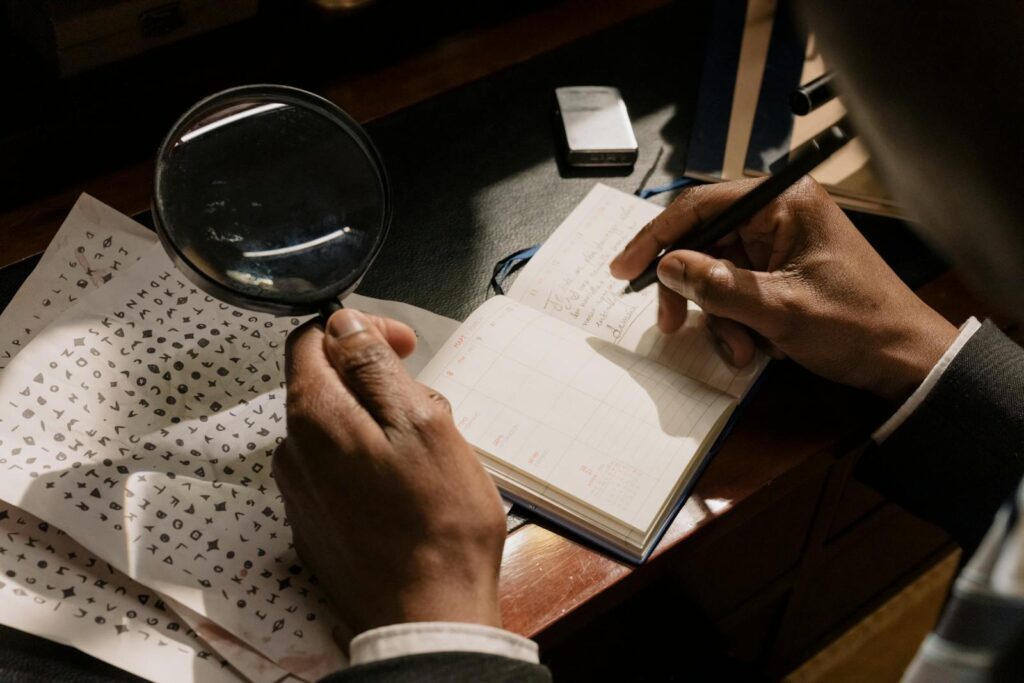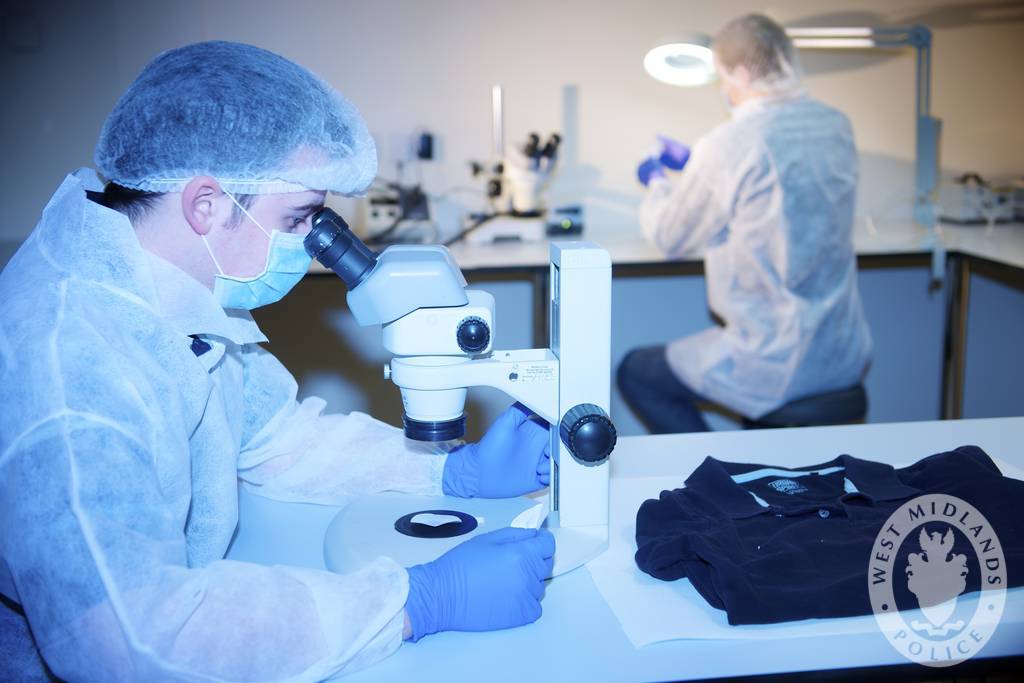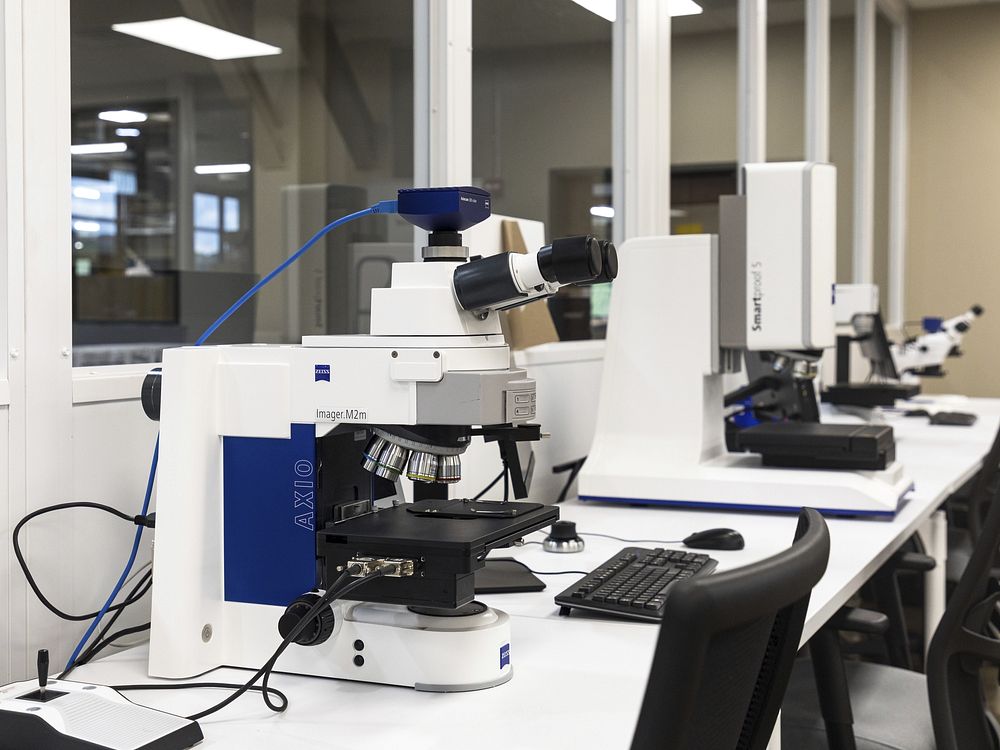Now Reading: DNA Detectives & Bones: Forensic Breakthroughs Shaping Justice
-
01
DNA Detectives & Bones: Forensic Breakthroughs Shaping Justice

DNA Detectives & Bones: Forensic Breakthroughs Shaping Justice
This week’s forensic science news centers on landmark achievements in DNA analysis, anthropological investigations, and casework innovations. Forensic anthropology teams worldwide, such as Australia’s FAA unit, are making forensic headlines by helping law enforcement resolve missing person cases and clandestine burials through osteological fieldwork and cranio-facial reconstruction.
The launch of the Revolutionary War Forensic Institute in Camden, South Carolina, highlights historical forensics. Using ancient DNA extraction and whole-genome sequencing, FHD Forensics and Astrea Forensics are building modern family trees for Revolutionary War combatants—connecting the past to living descendants and pioneering generational identification.
Forensic anthropology expertise played a pivotal role in Australia’s notorious Daniel Morcombe case, where Senior Sergeant Donna MacGregor combined university work with police investigations, cementing the importance of “bone detectives” everywhere.
In South America, forensic DNA finally solved the decades-old disappearance of renowned Brazilian pianist Francisco Tenório Cerqueira Júnior, confirming his murder by Argentina’s dictatorship after nearly 50 years—showcasing forensics’ power to deliver truth and closure.
STRmix™ v2.13 ushers in a new era with enhanced DNA mixture interpretation, batch reporting, and visualization, now deployed in crime labs across continents to clarify complex profiles in violent and sexual assault cases.
Genealogical investigation closed Maryland’s oldest cold case, reuniting long-lost relatives, while sexual assault kit initiatives in Arizona led to indictments through the forensic process. Exhumed remains in Indiana and Montreal’s cold case homicide resolution via genetic genealogy reinforce the central role of forensic DNA in delivering justice and identity.
Integrating dental forensics proved crucial in Thailand’s tsunami disaster identification, prompting calls for multi-disciplinary approaches. Forensic professionals globally are celebrated this week for their relentless contributions—moving science and justice forward, one breakthrough at a time.









